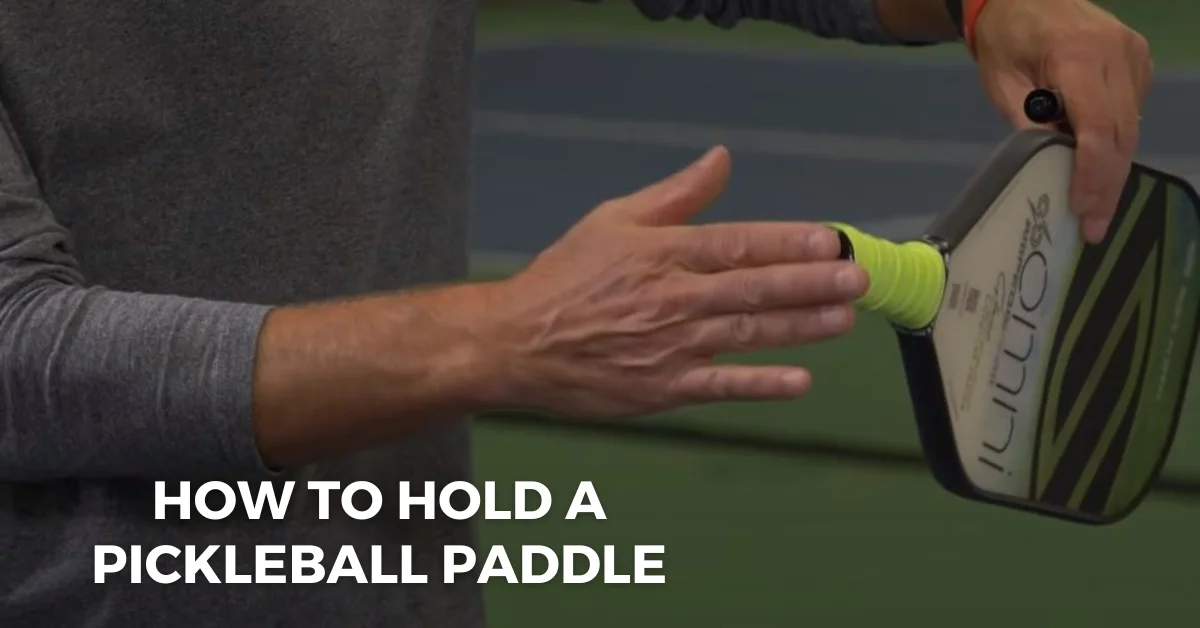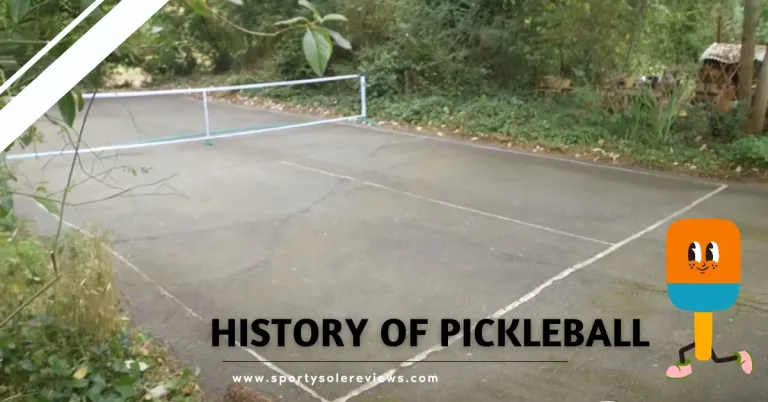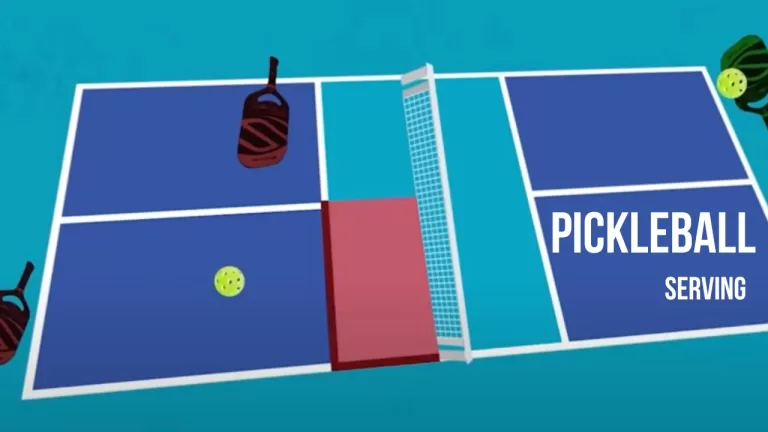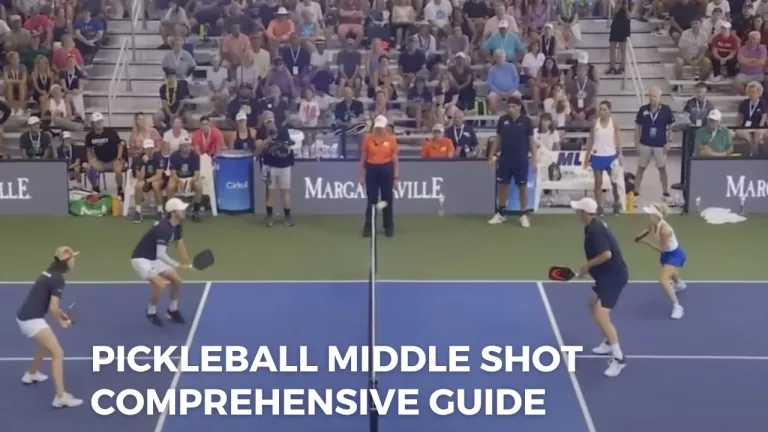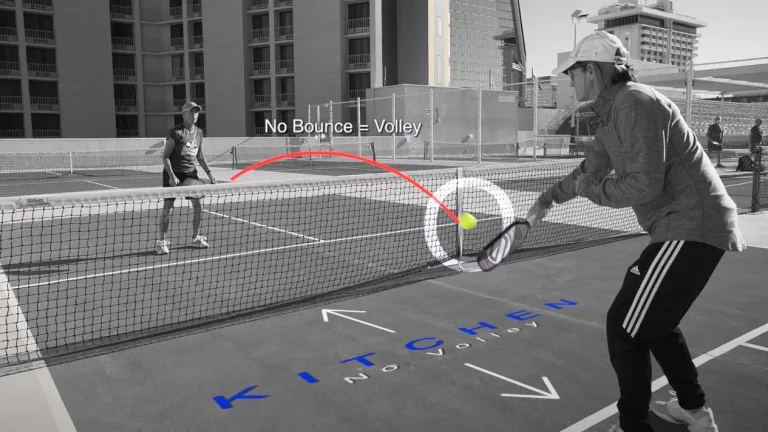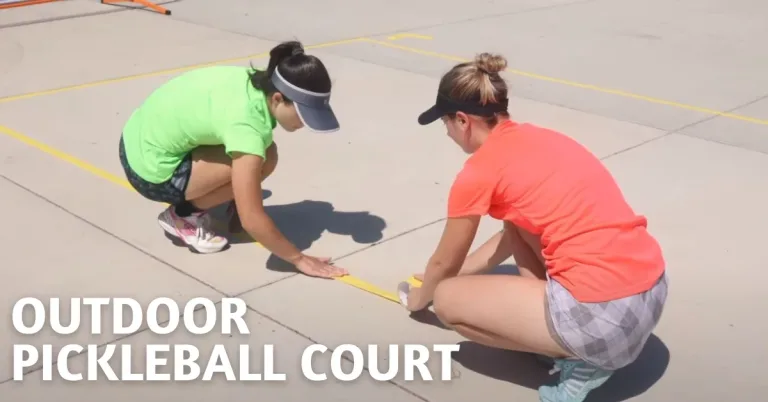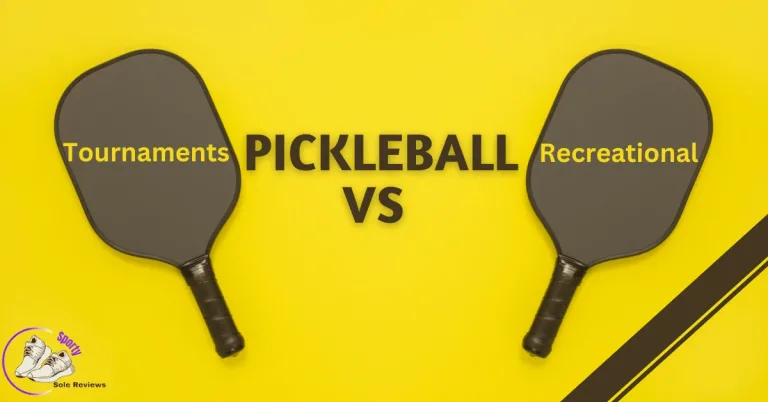How to Hold a Pickleball Paddle Like a Pro!
As a pickleball player, you know that every aspect of your game matters, including how you hold your paddle. The right grip can enhance your control, power, and accuracy on the court. Hare I will provide you with valuable insights into the proper pickleball paddle grip techniques, step-by-step instructions on how to hold your paddle correctly, and tips to avoid common mistakes that could hinder your performance.
Understanding the Importance of a Proper Paddle Grip
A solid grip on your pickleball paddle is crucial for several reasons. Firstly, it allows you to maintain control over your shots, enabling precise ball placement and shot selection. Secondly, a proper grip helps prevent injuries, such as wrist strain or blisters, by distributing the impact evenly across your hand. Lastly, an effective grip technique transfers power from your body to the paddle, maximizing the force behind your shots.
Exploring Different Pickleball Grip Techniques
It’s essential to familiarize yourself with the different grip techniques available. Here are three commonly used grips in pickleball:
Eastern Grip
The Eastern grip is the most commonly used grip in pickleball. It involves placing your index knuckle on the third bevel of the paddle handle, creating a V shape. This grip provides excellent control and is suitable for both beginner and advanced players.
Continental Grip
The Continental grip is another popular choice in pickleball. With this grip, your index knuckle rests between the second and third bevels, resulting in a flatter paddle face. This grip offers versatility and is preferred by players who frequently switch between forehand and backhand shots.
Western Grip
The Western grip is less common but can be effective for players who generate a lot of topspin. In this grip, your index knuckle is positioned on the first bevel, creating a pronounced V shape. The Western grip allows for greater wrist flexibility and spin potential.
Step-by-Step Guide: How to Hold a Pickleball Paddle
Now that you’re familiar with the different grip techniques its time to discuss the step-by-step process of how to hold a pickleball paddle correctly.
Finding the Right Paddle Size
Before focusing on your grip, it’s crucial to ensure you have the right paddle size. A paddle that’s too small or too large for your hand can affect your grip and overall performance. Measure your hand size and refer to the manufacturer’s guidelines to select the appropriate paddle size.
Positioning your Fingers
To achieve a proper grip, start by placing your hand on the paddle handle, ensuring your fingers are comfortably spread apart. The index knuckle should align with the desired grip technique discussed earlier. Experiment with different grip techniques to find the one that feels most natural and provides optimal control.
Maintaining a Relaxed Grip
While it’s important to hold the paddle firmly, avoid gripping it too tightly as it can hinder your wrist movement and cause unnecessary tension. Aim for a relaxed grip that allows for flexibility and quick adjustments during play.
Adjusting Grip Pressure
During different shots and game situations, you may need to adjust your grip pressure. For softer shots, reduce the pressure slightly, and for more powerful shots, apply a firmer grip. Practicing and experimenting with grip pressure will help you develop a better feel for the game.
The Role of Wrist Movement in Paddle Control
In addition to a proper grip, understanding the role of wrist movement is essential for paddle control. The movement of your wrist can significantly impact the trajectory, spin, and power of your shots. Practice incorporating wrist flicks and pronation/supination movements to add variety and control to your gameplay.
Common Mistakes to Avoid
To enhance your pickleball paddle grip, it’s crucial to be aware of common mistakes that can hinder your performance. Avoid these errors to maintain a solid grip:
- Death Grip: Holding the paddle too tightly can restrict your wrist movement and lead to fatigue.
- Choking up: Gripping the paddle too close to the head can limit your reach and shot selection.
- Inconsistent grip: Failing to maintain a consistent grip throughout the game can impact your shot consistency.
- Lack of finger control: Neglecting to use your fingers to control the paddle can result in a less stable grip.
- Ignoring wrist movement: Not utilizing your wrist effectively can limit your shot variety and power.
Mastering the art of holding a pickleball paddle is a crucial step towards becoming a skilled player. By understanding the different grip techniques, following the step-by-step guide, and avoiding common mistakes, you can take your game to new heights. Remember, practice makes perfect, so dedicate time to refine your grip and experiment with different techniques to find what works best for you. With a solid paddle grip, you’ll be well-equipped to dominate the pickleball court with finesse and precision.
How often should I change my grip?
It’s important to periodically assess your grip and make adjustments as needed. Factors such as fatigue, changes in playing conditions, or new techniques may require grip modifications.
Can I use gloves to improve my grip?
Yes, gloves can provide additional grip and reduce the risk of blisters. Experiment with different types of gloves to find the one that offers the best combination of comfort and control.
Should I grip the paddle tightly during serving?
While a firm grip is generally recommended, it’s essential to find a balance. Experiment with grip pressure during serves to achieve optimal control and power.
How can I improve my wrist flexibility?
Regular wrist stretches and exercises can help improve your wrist flexibility. Consult with a trainer or physical therapist for specific exercises tailored to pickleball players.
What is the best grip technique for beginners?
The Eastern grip is a great starting point for beginners due to its simplicity and versatility. It offers a good balance of control and power.

